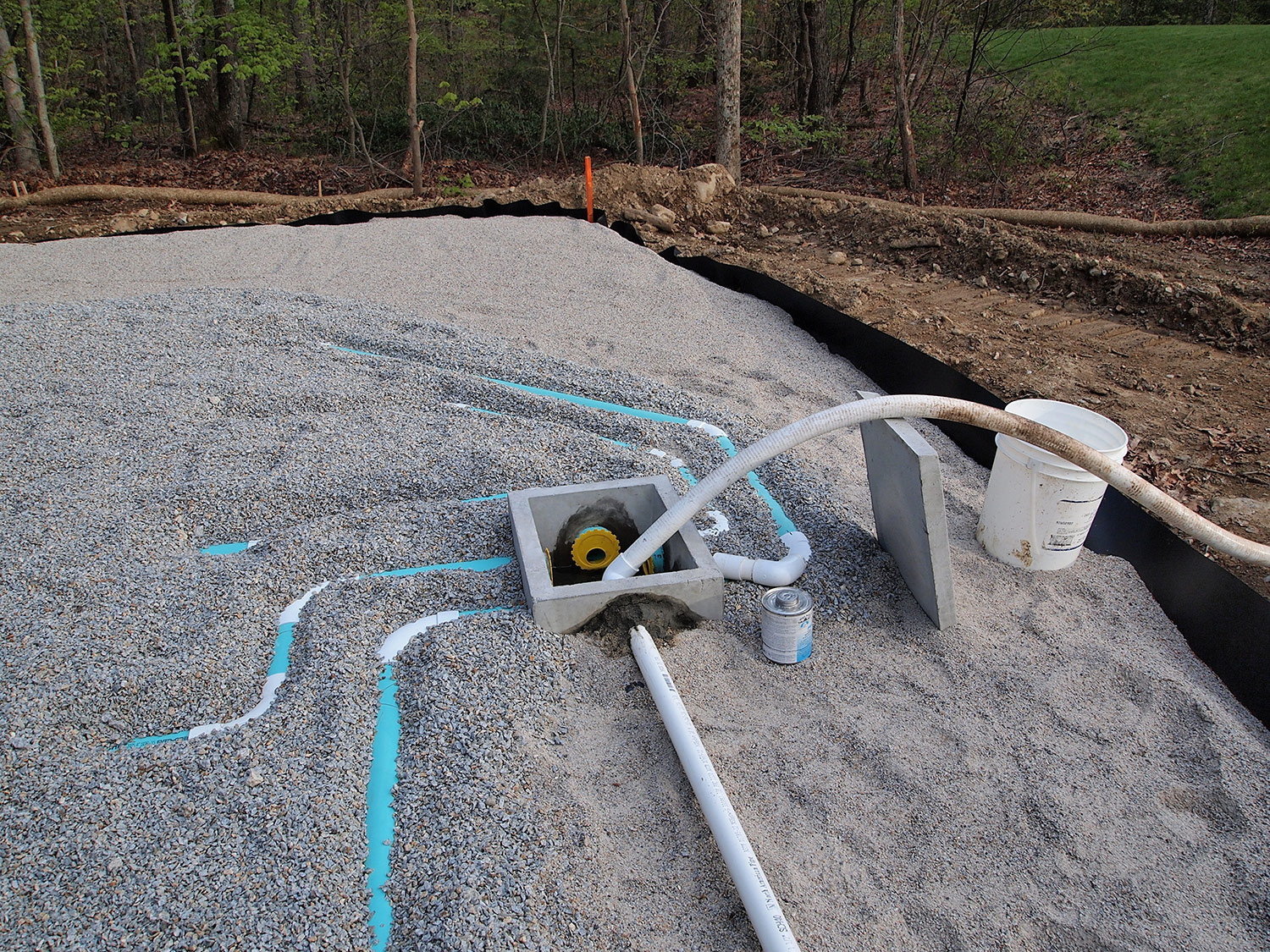
Whether you're installing a septic system in a new home, it is a costly and potentially stressful job. This post deals with the process of installing a conventional gravity-powered septic system.
Installing a septic tank is not a task to undertake lightly. There are regulatory issues that must be addressed, you'll often have to get a permit from your local town, and there are plumbing and environmental issues to consider. You'll want to work closely with a septic company -- if you haven't chosen one, now is a good time to choose a septic contractor.
Evaluating Your Site
Your septic contractor will begin by determining how large of a drainage field and septic tank you need. This decision will be influenced by an estimate of how much wastewater your house is likely to produce (generally based on the number of bedrooms), and by an analysis of the soil in your yard. There are a couple of different tests that septic designers use.
Installing the holding tank
Before choosing the location to install your septic tank, your septic contractor will need to check local regulations and the soil quality. Most municipalities require tanks and leaching fields to be located a minimum distances from houses, wells, streams, etc. The size of your septic system will depend as well on how many bedroom you house has (including any you plan to add down the road!) Since septic tanks are stored below ground, tank installation generally requires a backhoe to dig an adequate hole. Inlet and outlet pipes must also be planned for an laid during initial installation.
Installing the leaching field
The size of your leaching field depends on a number of factors, including the size of your septic tanks, the type and absorptive capacity of your soil, and the particular technology that you've chosen to absorb the wastewater. Again, your contractor can help you through this process.
The exact location of your leaching field within your yard will vary, based on a number of factors, including local regulations, the slope of your yard and your home's location on that slope, and the composition of the soil in different parts of the yard.
Other Issues to Consider
If you're installing a concrete septic tank, don't forget that they are immensely heavy, weighing up to 10 tons! The company delivering the tank will likely do so on a large truck and require a crane to remove the tank.
To schedule an appointment or for more information, contact Morse Engineering and Construction.
